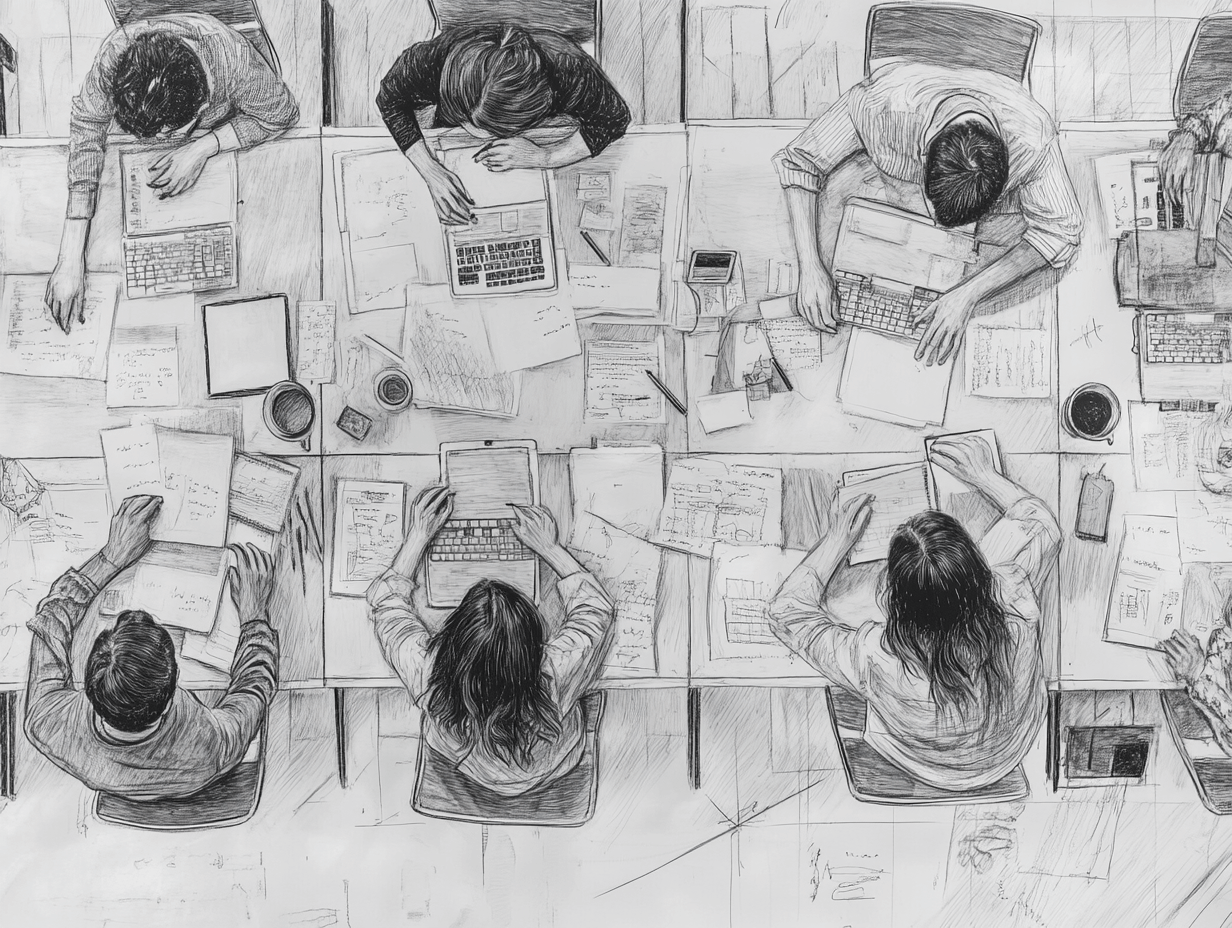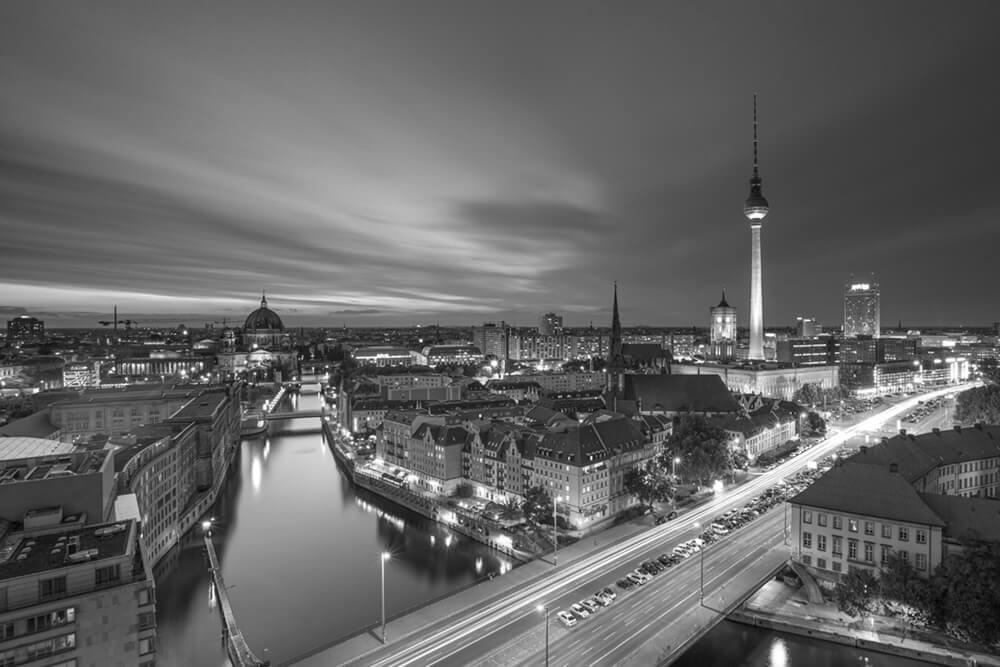- Traditional flaws: Historically, product development and industrialization were treated as separate phases, leading to problems with assuming design stability.
- Continuous improvement: There’s a need for iterative processes, constant collaboration, and seamless integration between product development and industrialization.
- Automation and collaboration: Investments in infrastructure supporting collaboration and automated verification are crucial for efficient continuous industrialization.
Traditionally product development was largely finished before the industrialisation phase began, or was running in parallel but not integrated. Importantly these two phases are usually done by two different parts of the organization. One of the root causes of this setup is an over-belief that a product’s design can be “finished” and that the design will remain stable enough that the industrialization process can be done only once. Even with concepts like “design for manufacture”, where the product should be designed for manufacturing up front, there’s a risk of believing that we can design the perfect product and then just produce it.
In reality, the process goes back and forth. Only when trying something out in production do we truly learn if it works or not, this is especially true for ramped production where some problems with the product design only manifest in large-scale volumes. The need to solve these problems might call for a task force with representatives from many parts of the organisation trying to solve the problem at hand.
Instead of only collaborating in times of crisis we need to integrate product development and production system development processes seamlessly. This perspective shift can revolutionize the way we think about building and change manufacturing and product systems. Product design can constantly be improved and so can the manufacturing process. What we need to build is a capability to constantly update the product design and rapidly industrialize that new design. Movements like Lean, Agile and DevOps has had the insight for a long time that collaborating early and often cross the whole org is key to building a cohesive customer delivery together.
This demands a deeper collaboration of the company’s departments, ranging from product development and industrialization to procurement and finance. But it is not only a matter of way of working, investments need to be made into infrastructure that supports this way of working. Most critical is verifying that the product still works after a design or manufacturing process change. To do this cost-efficiently, verification must be automated. This can be accomplished with both simulations and physical verification robots, but it needs to be in place to move forward rapidly.
Continuous Industrialization is a movement that aims to explore how we can build on the learnings from Lean Product and Process Development, DevOps, and Continuous Delivery to get real products in the actual hands of customers faster. The perspective is that industrialisation should support iterative increments daily and it should be seen as a pipeline of valuable updates. We have done it before in the Lean movement, and we have seen how it can be applied in the Agile and DevOps movement. It’s time to reclaim the industrial context that Lean came from. It’s time to see and optimize your Continuous Industrialization Pipeline.
Interested in this conversation? Join us at We Are Conference where Continuous Industrialization will be discussed and you can participate in a unique one-day post-conference workshop.


